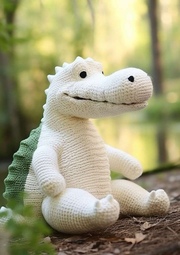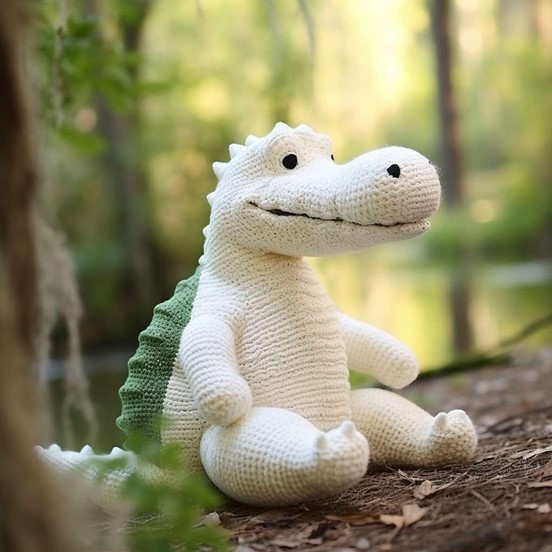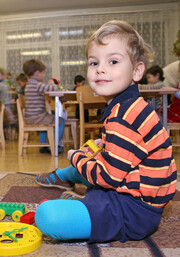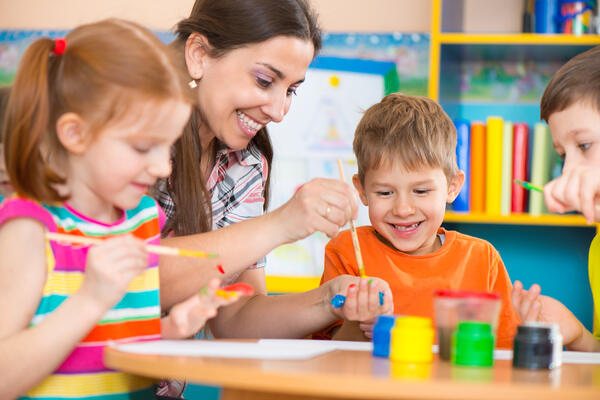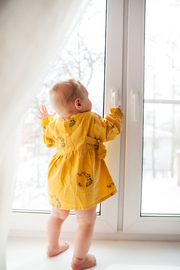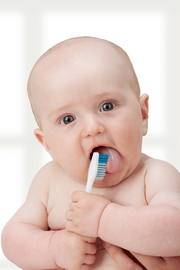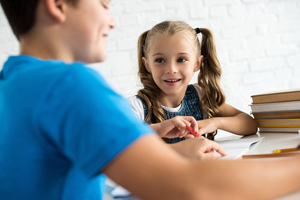10 Best Stuffed Animals for Babies (Tips and Recommendations)
Plush toys are the favorites of many children, they can not only accompany children to play, but also help children develop social and emotional skills, stimulate imagination, and even improve cognitive abilities. But there are so many types of plush toys on the market, how do you know which ones are best for your child?
Join us on a journey through this article as we introduce you to 10 of the best plush toys for children, they all have their own characteristics and advantages, making your child love them. Our recommendations are based on the following aspects: quality, safety, creativity, education and fun. Let’s take a look!
10 Best Stuffed Animals for Babies
Alternative Jellycat Bunny Stuffed Animal
This charming bunny plush boasts a delightful dusty rose hue that reminds us of fluffy pink marshmallows drifting down from the sky. With long ears, a round face, and a playful purple nose, this adorable rabbit is sure to capture the hearts of both children and adults alike. Its velvety-soft fur is a joy to touch and cuddle with, making it a perfect companion for little ones as they grow up. Unlike Jellycat’s rabbit, this bunny’s material is luxuriously soft and gentle on skin, and its shape is simply irresistible to the author. We confidently recommend this bunny as a wonderful addition to any child’s collection of treasured toys.
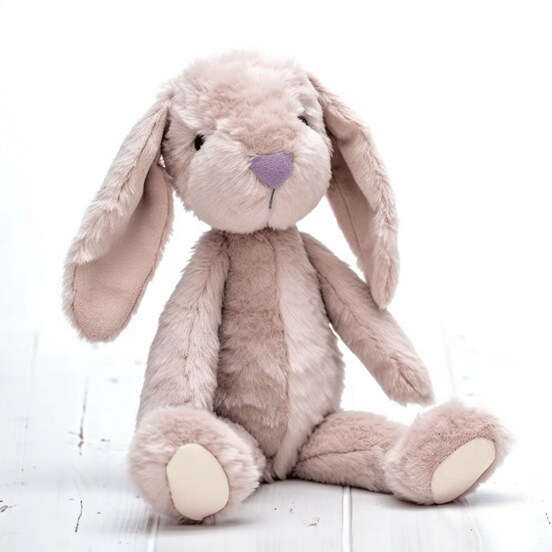
Purple Owl Stuffed Animal
This delightful plush toy owl in a gorgeous shade of purple is made from top-notch plush materials, and this toy is both snuggly and tough. Parents can rest easy knowing it’s gentle on their little ones’ tender skin and free from any choking hazards. It’s the perfect companion for babies seeking comfort and playtime all rolled into one. It also meets all applicable safety standards. The owl has a soft, fluffy tummy that the baby can pet and feel the owl’s features. Children will not only experience joy while playing with this toy, but they will also gain knowledge about owls.
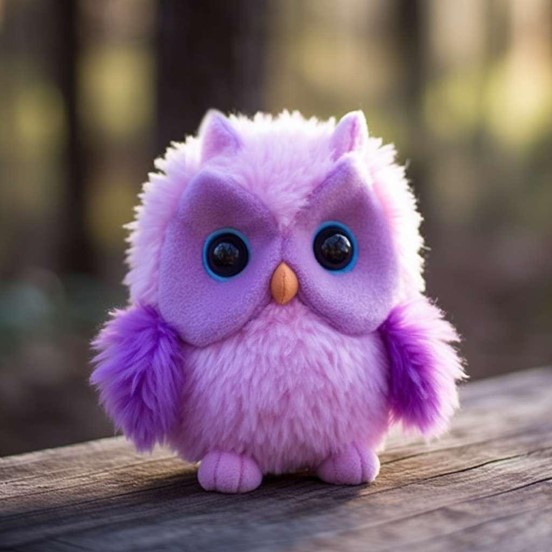
Art Lion Stuffed Animal
I am thrilled to share that I have found an adorable art plush toy lion that is sure to captivate both babies and parents alike! Unlike the usual dull beige and brown toys, this lion boasts a vibrant rainbow color scheme that adds a pop of excitement to any baby’s toy collection. Not only does it break the monotony of traditional designs, but it also enhances a child’s visual surroundings and stimulates their visual development. With its playful patterns and colors, this lion will surely become a favorite for babies and their loving caregivers.
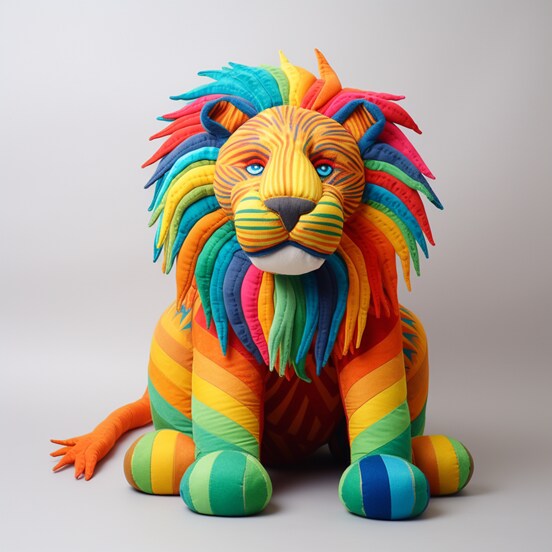
Chinchilla Stuffed Animal
This Chinchilla plush toy is modeled after the beloved character from the animated film Totoro. Its black and white color scheme makes it ideal for infants between the ages of 0-3 months, as research suggests that they are more visually stimulated by high-contrast items. Made from soft and cozy cotton fabric, this toy is gentle on your baby’s delicate skin. Its surface features intricate embroidery, showcasing exquisite craftsmanship that adds a touch of sophistication, making it a wonderful gift option. Furthermore, this toy is entirely free of plastic materials, making it both safe and eco-friendly.
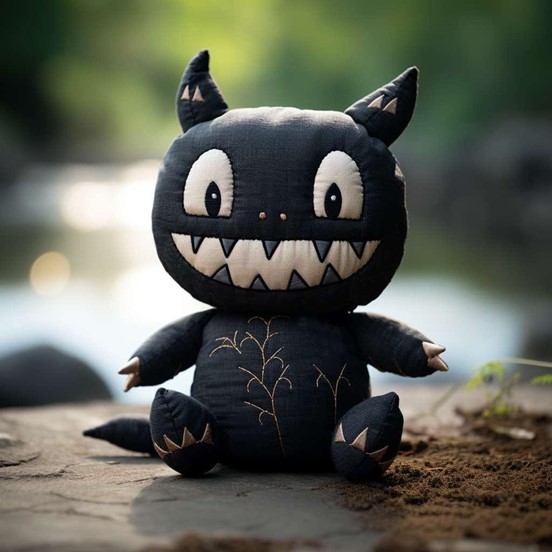
Narwhal Stuffed Animal
The narwhal plush toy is the perfect companion for children to explore their imagination and creativity during playtime. Its soft and plush body provides a comforting and huggable sensation, making kids feel like they are wrapped in a fluffy cloud of warmth. Designed to be durable and of the highest quality, this toy is sure to become a constant companion for kids, whether they are playing, snuggling, or on-the-go. The narwhal’s stunning body is adorned with a vibrant and eye-catching tie-dye pattern that resembles a fairy tale come to life! Additionally, the toy features a charming little horn that piques kids’ curiosity, making them eager to learn more about narwhals and legends. The narwhal plush toy is a delightful and educational plaything that kids will cherish and enjoy for years to come!
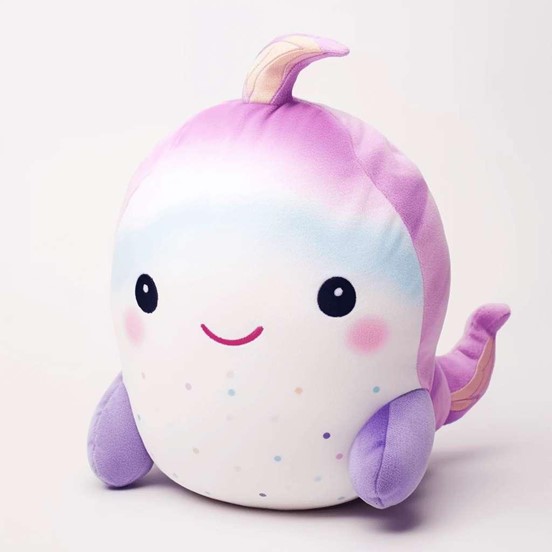
Angle Teddy Bear
Behold, a teddy bear with angel wings, akin to Cupid, the deity of love, soaring gracefully down from the heavens. Its plush body boasts a light brown hue, reminiscent of golden wheat basking in the sun’s warm glow. Its eyes are dark brown, akin to two shimmering chocolate beans, emanating kindness and tenderness. The teddy bear also features an adorable smile that beckons you to give it a hug. This toy is a comfortable and charming companion that can bring solace and delight to your toddler. However, its fur is relatively long, so exercise caution with young babies who might accidentally swallow or choke on it. This toy is suitable for older toddlers or as a romantic gift for your significant other.
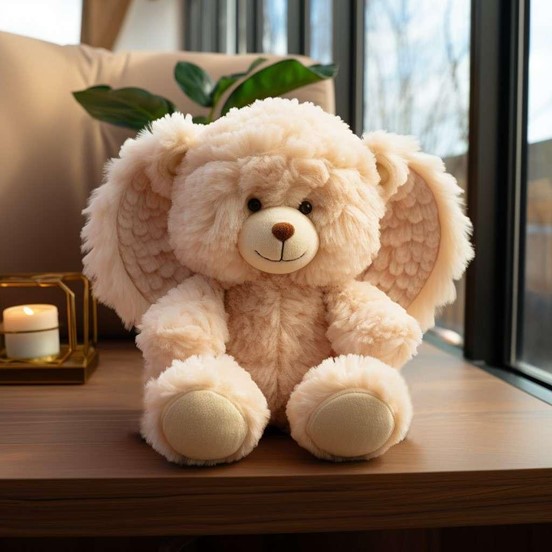
Knitted Alligator Stuffed Animal
Knitted stuffed animals are an ideal choice for babies as they do not shed lint and are hypoallergenic. This plush toy alligator is made from pure cotton, which feels soft and cozy. Its color is pure white, giving it a fresh and refined look. It features the characteristic alligator spikes on its back, resembling a row of tiny peaks. Although these spikes may seem hard, they are actually woven with cotton threads and are very soft and flexible. Additionally, it has an adorable shape, with a big mouth and four stubby legs. This alligator toy is a safe and enjoyable toy that will not only bring joy but also aid in the growth and development of babies.
Axolotl Plush Toy
This axolotl plush toy is incredibly adorable, and its pink color makes it look like a sweet marshmallow. It has only five cockade-like protrusions, and they are asymmetrical, which is a unique design by the designer to give it more personality and charm. It’s made of a soft fleece fabric that allows kids to cuddle, sleep, or play with it. It also helps kids learn about the features and habits of amphibians like salamanders, increasing their curiosity and desire to explore the natural world. This axolotl plush toy is a cozy and educational toy that kids will love.
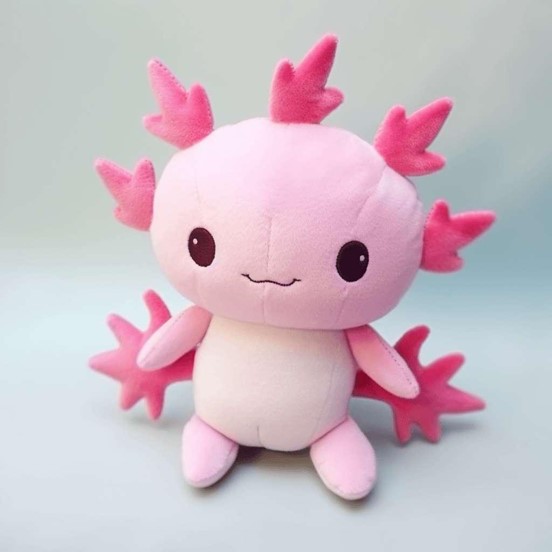
Fox Stuffed Animal
This plush fox toy is incredibly cute! Unlike the fox in fairy tales, it doesn’t have a cunning look. It actually looks a bit sleepy and dopey. Maybe it’s because it likes to play and sleep so much that it hasn’t had time to learn any fox tricks. The toy is made of soft, cozy cotton fabric that won’t irritate a baby’s skin. It also has a large tail that can double as a pillow. This fox plush toy is a perfect combination of comfort and fun, and is sure to bring joy and growth to your infant.
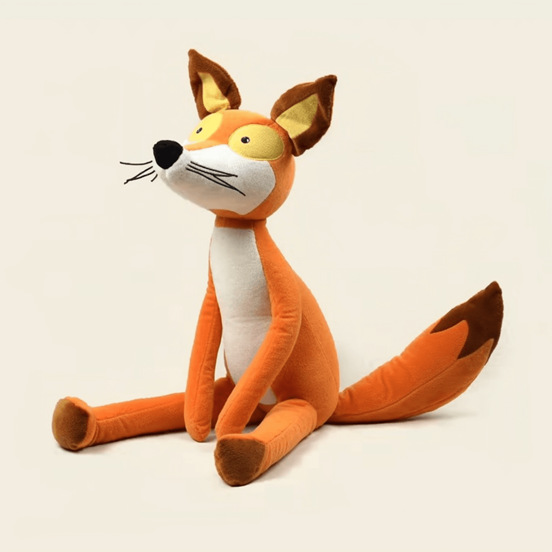
A Set of Knitted Stuffed Animals
This set of knitted plush toys is made from pure cotton and is very soft and cozy. They come in four different animal figures, each with its own character and charm. The rhinoceros is blue and has a hard horn that looks strong and brave. The frog is green and has a big smile that looks lively and cute. The giraffe is yellow with brown spots and looks elegant and noble. The fox is orange with round eyes and looks witty and smart. This knitted plush toy set is an interactive and educational way for children to learn about different animals while playing with them.

A Guide for Parents
When choosing a stuffed animal for a baby, there are several factors to consider.
Quality
The quality of stuffed toys depends on the materials, craft, and durability. When it comes to choosing toys, you want to ensure they’re made from materials that are built to last. That means looking for durable toys that won’t fade, lose parts, or break easily.
For example, a knitted plush lion that I gifted to my two-year-old niece. Made from high-quality cotton, it was soft and comfortable and maintained its original shape and color after many washes and falls. You want a toy that brings comfort and warmth to your child while saving you money. Quality is paramount when it comes to selecting toys for your child, and Pudgy Penguins truly exemplify excellence in craftsmanship. These charming plush toys are crafted from high-quality materials, ensuring a soft and comfortable feel that stands the test of time.
Safety
Ensuring the safety of stuffed toys is of utmost importance. We must ensure that these toys do not have any harmful chemicals, sharp edges, small parts, batteries, or wires that could cause any harm or danger to our babies. We can opt for toys that are colored with non-toxic natural dyes, which pose no risk of irritation or allergy. Additionally, we should always check for any loose or detached parts to prevent the child from swallowing or choking.
Creativity
The creativity of a toy refers to its unique design, style, theme, and other features that make it stand out. We aim to provide toys that grab children’s attention and inspire their imagination and creativity. For instance, we could offer rainbow-colored and bright toys for older babies, while black and white ones are available for smaller babies. Such toys can help babies understand and appreciate colors and shapes.
Educational and Fun: The educational aspect of toys refers to whether or not the toy can assist in a child’s learning process, including acquiring knowledge, developing skills, and instilling values. Ideally, toys should help improve a child’s cognitive, language, and social-emotional abilities. For instance, various animal plush toys can be used by parents to narrate stories about the lives and adventures of animals in African grasslands, thereby enabling children to learn about different geographies and cultures. Such toys expand babies’ knowledge and horizons and stimulate their curiosity and desire to explore.
Summary
Stuffed animals are the best childhood companions for babies. The author of this post recommends ten of the best high-quality plush toys for babies, which are reliable in terms of quality, safety and make your child cuddle peacefully at bedtime. It’s important to note that not all ages of babies are suitable for sleeping with stuffed animals. Of course, there are more stuffed animals for babies than the 10 in this post.

